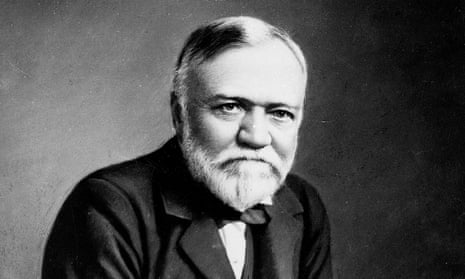When I was a young adult in Pittsburgh, Pennsylvania, where Andrew Carnegie built his wealth (Letters, 12 April), it was hard to walk a block without something attesting to the man’s legacy: Carnegie Mellon University, Carnegie Museum of Art, Carnegie Museum of Natural History, Carnegie Science Center, and buses to Carnegie (an entire borough). Carnegie libraries dotted every small town in the area.
Carnegie made his fortune by ruthlessly defending the systems that kept extreme poverty rampant during the era – by exposing his workers to extreme working conditions with little rest and even less pay. He resorted to violence to keep them from securing protections such as safety policies, healthy working hours and fair wages. Men, women and children were injured or died during the Homestead strike. The money that carved institutions in his name came from anything other than peace.
It’s easy to admire the infrastructure that he secured before he died, saving him from his eventual anonymity in just a few centuries more. Please don’t mistake his contributions as differing from those of modern centibillionaires – they are both extravagant attempts to leave a legacy in whatever the trend of the era may be.
Michelle Bufton
Ludlow, Shropshire
